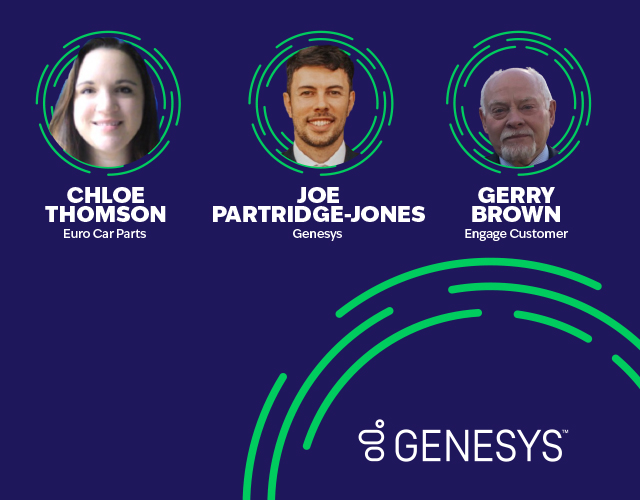Harnessing Data Analytics for Loyalty Success

Discover how data analytics can transform customer loyalty programmes into powerful tools for business growth.
The Role of Data Analytics in Modern Loyalty Programs
Data analytics plays a crucial role in modern loyalty programmes, revolutionising the way businesses interact with their customers. By leveraging advanced analytics techniques, companies can gain valuable insights into customer behaviour, preferences, and purchasing patterns. These insights enable businesses to develop targeted marketing strategies, personalised offers, and tailored experiences that drive customer loyalty and satisfaction.
With data analytics, businesses can track and analyse various metrics, such as customer engagement, retention rates, and purchase frequency. This data provides a comprehensive view of customer interactions, allowing companies to identify trends, patterns, and opportunities for improvement. By understanding what motivates customers to stay loyal, businesses can optimise their loyalty programmes and allocate resources effectively.
Data analytics also empowers businesses to make data-driven decisions, enabling them to adapt quickly to changing customer needs and market dynamics. By continuously monitoring and analysing customer data, businesses can identify emerging trends and adjust their loyalty strategies accordingly. This proactive approach helps businesses stay ahead of the competition and deliver exceptional customer experiences.
In summary, data analytics is an essential tool for modern loyalty programmes. It enables businesses to gain valuable insights, optimise their strategies, and make informed decisions that drive customer loyalty and business growth.
Key Metrics to Track for Loyalty Program Success
Tracking key metrics is crucial for measuring the success of loyalty programmes. By monitoring these metrics, businesses can assess the effectiveness of their loyalty initiatives and make data-driven improvements. Here are some key metrics to track for loyalty programme success:
- Customer Engagement: Measure the level of customer participation and interaction with the loyalty programme. This includes tracking the number of active members, frequency of programme usage, and engagement with programme features.
- Retention Rates: Analyse the percentage of customers who continue to participate in the loyalty programme over time. High retention rates indicate strong programme effectiveness and customer satisfaction.
- Purchase Frequency: Monitor how frequently loyalty programme members make purchases. Increased purchase frequency demonstrates a higher level of loyalty and engagement.
- Customer Lifetime Value: Calculate the total revenue generated by loyal customers over their lifetime. Understanding the value of loyal customers helps businesses prioritise their loyalty efforts and allocate resources effectively.
- Redemption Rate: Evaluate the percentage of rewards or benefits that are redeemed by loyalty programme members. A high redemption rate indicates that the programme offers valuable incentives and motivates customers to remain loyal.
PersonaliSation Strategies Driven by Data Insights
Personalisation is a key strategy for driving customer loyalty, and data insights play a crucial role in enabling personalised experiences. By leveraging data analytics, businesses can gather and analyse customer data to understand individual preferences, purchase history, and behaviour patterns. This enables businesses to deliver personalised offers, recommendations, and experiences that resonate with each customer.
One effective personalisation strategy is segmentation, where customers are grouped based on similar characteristics or behaviours. By segmenting customers, businesses can tailor their loyalty programme offerings to meet the specific needs and preferences of each segment. For example, customers who frequently purchase a particular product category can receive targeted offers and rewards related to that category.
Another personalisation strategy is predictive analytics, which uses historical data to predict future behaviour. By analysing past purchase patterns and customer interactions, businesses can anticipate customer needs and proactively deliver personalised offers or recommendations. This not only enhances the customer experience but also builds a sense of anticipation and excitement, driving customer loyalty.
In summary, personalisation strategies driven by data insights are powerful tools for fostering customer loyalty. By understanding individual preferences and behaviour patterns, businesses can deliver tailored experiences that resonate with each customer, ultimately driving loyalty and satisfaction.
Challenges in Implementing Data Analytics in Loyalty Programs
While data analytics offers numerous benefits for loyalty programmes, there are several challenges that businesses may face when implementing data analytics strategies. These challenges include:
- Data Quality and Integration: Ensuring that data is accurate, complete, and integrated from various sources can be a complex task. Inaccurate or incomplete data can lead to misleading insights and hinder the effectiveness of loyalty programmes.
- Data Privacy and Security: Handling customer data comes with the responsibility of maintaining privacy and security. Businesses must comply with data protection regulations and implement robust security measures to safeguard customer information.
- Skills and Resources: Implementing data analytics requires skilled professionals and adequate resources. Businesses may need to invest in training or hiring data analysts to effectively leverage data for loyalty programme success.
- Technology Infrastructure: Data analytics relies on advanced technology infrastructure and systems. Businesses need to ensure they have the necessary hardware, software, and data storage capabilities to support data analytics initiatives.
- Data Interpretation and Actionability: Analysing data is only valuable if businesses can extract actionable insights and translate them into meaningful actions. It is essential to have the right tools and processes in place to interpret data and make informed decisions.
Future Trends in Loyalty Programs and Data Analytics
As technology continues to advance, loyalty programmes and data analytics are expected to evolve in several ways. Here are some future trends to watch out for:
- Artificial Intelligence (AI) and Machine Learning: AI and machine learning algorithms can analyse vast amounts of data to identify patterns and predict customer behaviour. This enables businesses to deliver highly personalised experiences and recommendations, further enhancing customer loyalty.
- Real-time Analytics: Real-time analytics allows businesses to access and analyse data in real-time, enabling immediate action and response. This empowers businesses to provide instant rewards, personalised offers, and timely communications to customers, enhancing their loyalty experience.
- Omni-channel Integration: Loyalty programmes are increasingly integrating with multiple channels, such as websites, mobile apps, social media platforms, and in-store experiences. Data analytics will play a crucial role in integrating and analysing customer data across these channels to provide a seamless and personalised loyalty experience.
- Gamification: Gamification techniques, such as points, badges, and challenges, are being incorporated into loyalty programmes to enhance engagement and motivation. Data analytics can provide insights on the effectiveness of gamification strategies and help optimise their impact on customer loyalty.
- Predictive Personalisation: Predictive analytics will enable businesses to anticipate customer needs and deliver personalised offers or recommendations in real-time. By leveraging real-time data and predictive models, businesses can create highly personalised experiences that drive customer loyalty.


.jpg)